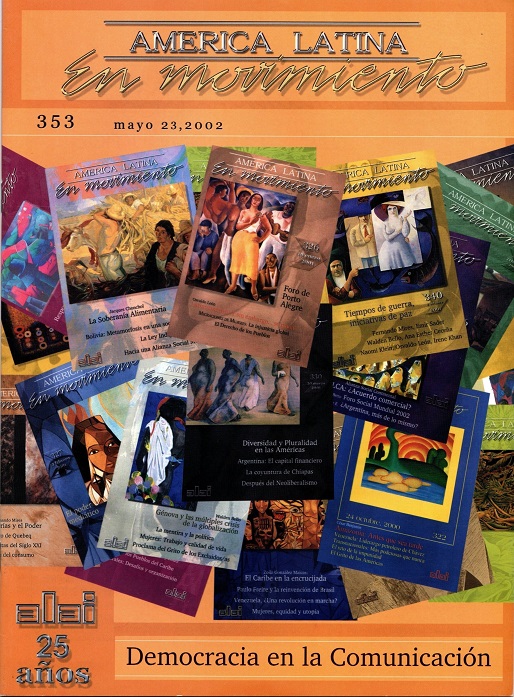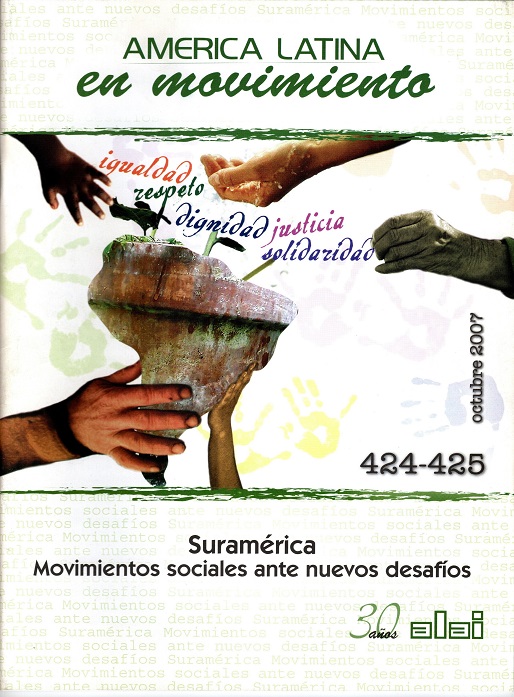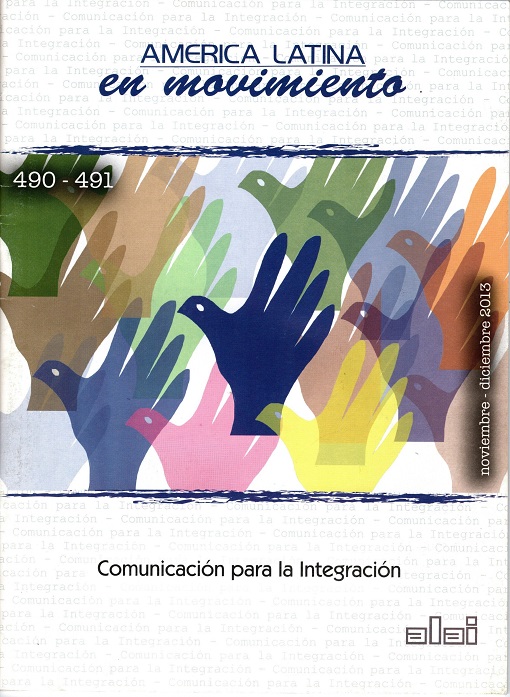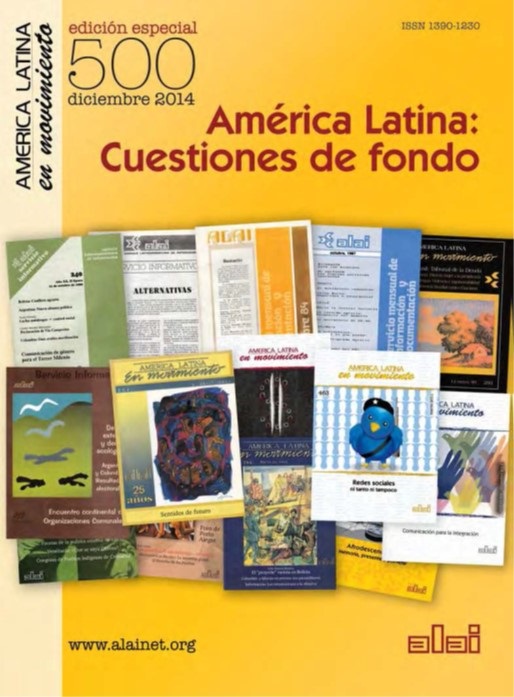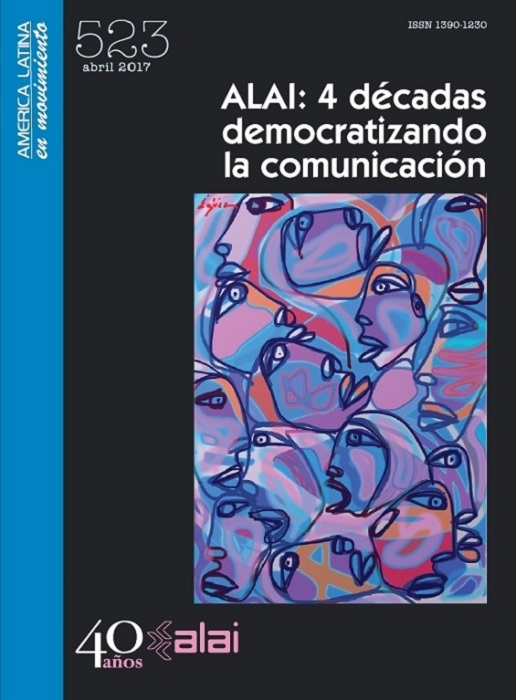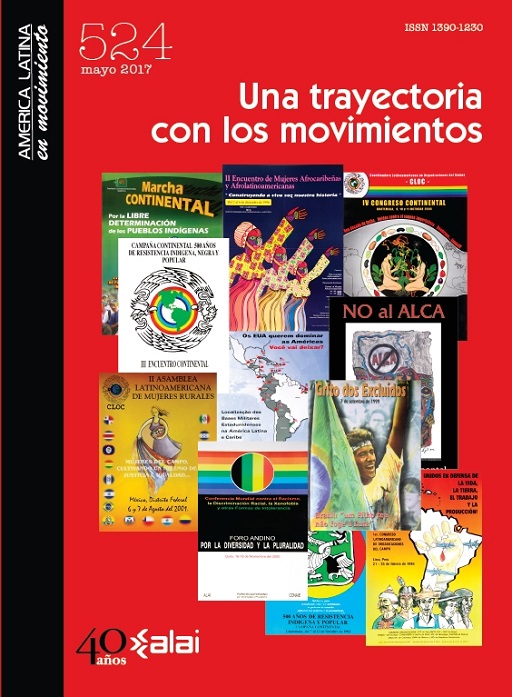Reason in the phase of the caterpillar and the cocoon
12/08/2012
- Opinión
Those who have read my recent texts on ecology and the dramatic situation of the Earth, have perhaps been left with an impression of pessimism. Those who perceive the real dangers that endanger our destiny cannot be pessimists. We must always respect reality, but at the same time, we must broaden our understanding of that reality. That is key, because the potential is also part of the actual. All events present a utopic reserve. If we understand reality thus enriched, a static pessimism is not justified, but a hope-filled realism. This captures the eventual emergence of the new, that which is hidden within the potential and the utopic. The new then makes history, creates another state of consciousness and inaugurates a different social essay.
Moreover, if we step back and measure our history against cosmic time, we find even more reason for hope. If we condense into one year the 13.7 billion years that is the presumed age of our universe, we will notice that as we humans have existed for only a tiny fraction of that time. Thus, on December 31st, at 5 p.m., our pre-human ancestors emerged. On December 31st at 10 p.m. the primitive human being entered the scene. On December 31st at 10 seconds after 11:58 p.m., the humans of today, called sapiens, emerged. On December 31st at 56 seconds after 11:59 p.m., Jesus of Nazareth was born. On December 31st at 59.2 seconds after 11:59 p.m., Cabral arrived to Brazil.
As can be seen, time-wise we are almost nothing.
Further, if we consider the 15 great destructive events that Earth has endured, especially the Cambrian of 570 million years ago, in which between 75 and 90% of the biotic capital disappeared, we can see that life has always endured and survived. And if we concentrate only on human beings, we have survived the many glaciations. In addition, the human being had a highly accelerated process of encefalization (increasing brain size relative to total body mass). For some 2.2 million years, there appeared homo habilis, then homo erectus, and in the last one hundred thousand years, homo sapiens, already clearly human. They were social beings, demonstrated cooperativity, and used speech, a human characteristic.
In the space of one million years, the brain of these three types of homo doubled in volume. After the appearance of homo sapiens, 100 thousand years ago, brain size did not increase. It was no longer necessary, given the development of the exterior brain, artificial intelligence, that is, the capacity of knowing, of creating instruments and artifacts to transform the world and create culture, a singular characteristic of the homo sapiens sapiens.
Starting with the neolithic age, around 10 thousand years ago, the first cities were established, thus beginning the process of developing culture, the state, bureaucracy and also, war. The systematic use of the instrumental reason to dominate nature, to conquer and to submit to others, was also established. There were obviously other types of reason as well, such as the emotional, symbolic and cordial, but they were subordinate to instrumental reason, a form of reason that is simultaneously both creative and destructive, and which, up to the present, has assumed hegemony.
The process of the butterfly offers us a suggestive metaphor. The butterfly is not born a butterfly. It is at the beginning a simple egg that transforms itself into a caterpiller, an insatiable devourer of leaves. Then she coils up and builds around herself a cocoon (chrysalis). Inside the cocoon, nature weaves her body and paints it with colors. When all is ready, the cocoon breaks and the splendid butterfly surges.
We are still in the stage of caterpillars and cocoons. Caterpillars, because day and night we devour nature; cocoons, because we have closed in on ourselves, seeing nothing around us.
Wherein lies our hope? That reason may break forth from the cocoon and emerge as butterfly-reason. Perhaps the present situation of grave danger will force the birth of butterfly-reason. She will fly about, not destructive but cooperative, because the butterfly aids the pollenation of flowers.
We are still in genesis. We have not finished being born. Once we are fully born, we will respect and coexist with all beings. We will have overcome forever the phase of the caterpillar and the cocoon . As butterflies, we will be carriers of the sensible reason that enables us to share with the Earth a future without threats.
08-03-2012
- Leonardo Boff is Theologian / Earthcharter Commission
Free translation from the Spanish sent by Melina Alfaro, done at REFUGIO DEL RIO GRANDE, Texas, EE.UU.
https://www.alainet.org/es/node/160206
Del mismo autor
- O risco da destruição de nosso futuro 05/04/2022
- Reality can be worse than we think 15/02/2022
- ¿Hay maneras de evitar el fin del mundo? 11/02/2022
- Há maneiras de evitar o fim do mundo? 08/02/2022
- The future of human life on Earth depends on us 17/01/2022
- El futuro de la vida depende de nosotros 17/01/2022
- A humanidade na encruzilhada: a sepultura ou… 14/01/2022
- “The iron cage” of Capital 04/01/2022
- Ante el futuro, desencanto o esperanzar 04/01/2022
- Desencanto face ao futuro e o esperançar 03/01/2022
